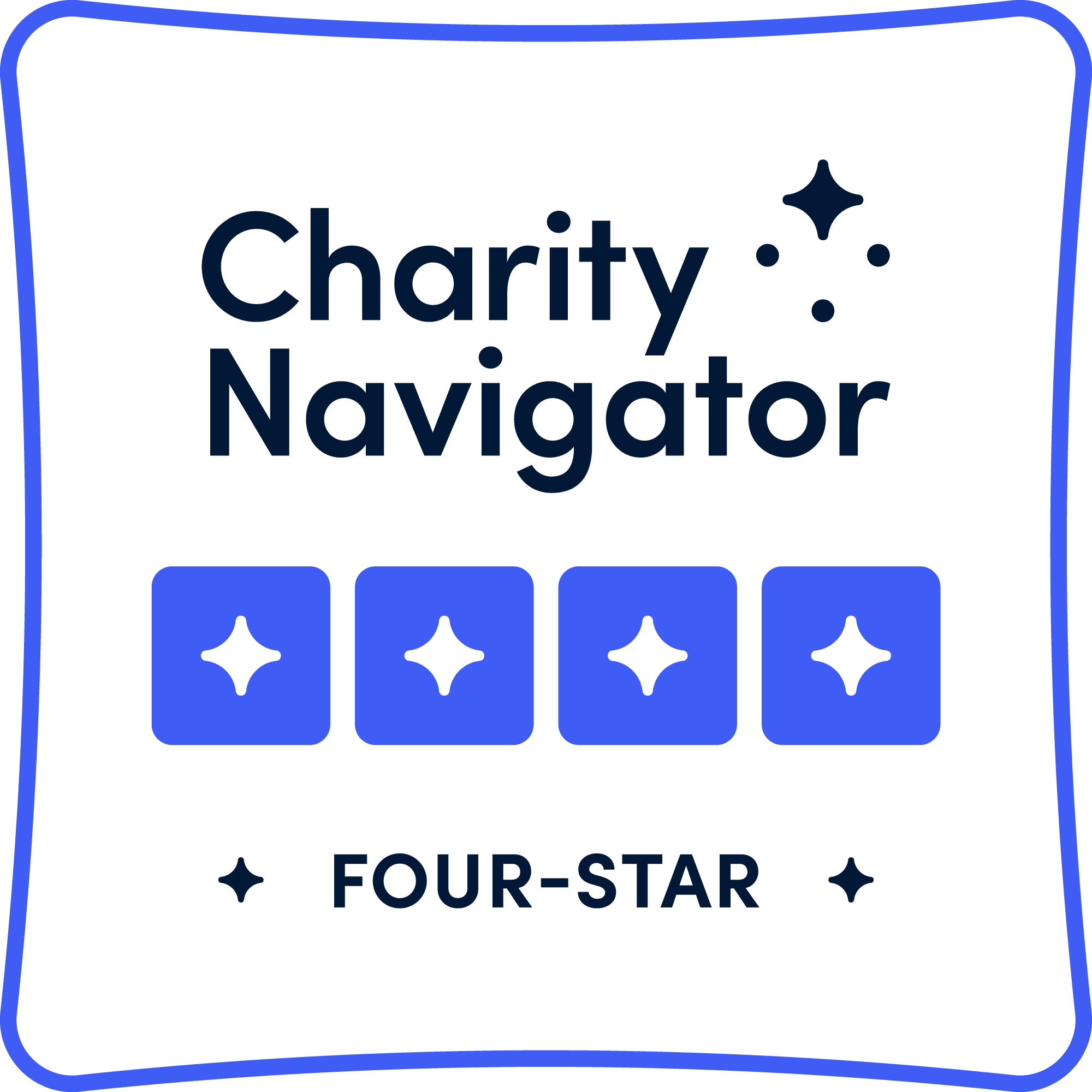Replacing Animals in Medical Student Training
The Physicians Committee for Responsible Medicine spent 31 years pushing the evolution of medical training in order to reach today’s paradigm, in which medical student education is animal-free and human-relevant.
In 1985, the majority of medical school curricula in the United States included live animal laboratory exercises. However, over the next 20 years that practice steadily declined, and after 2005 the transition away from the use of animals accelerated.
As of January 2025, none of the 216 surveyed medical schools in the U.S. or Canada is known to use live animals to train their students.
How Animals Were Used
The use of animals in medical student education has predominantly occurred in two courses: physiology (including pharmacology) and surgery. The University of Mississippi, for example, was the last school to use live pigs to teach human cardiovascular physiology to first-year students. Meanwhile, the University of Tennessee College of Medicine in Chattanooga was the last medical school in the U.S. and Canada to stop using animals, which had included cutting into and killing pigs to teach surgical skills to third-year medical students.
Physiology
In physiology animal labs, students were typically instructed to place catheters into the arteries and veins of animals, to perform various interventions and manipulations, and to inject the animals with drugs, while measuring physiological responses such as blood pressure, heart rate, and cardiovascular performance. Students were then sometimes instructed to open the animals’ chest cavities and massage the heart. If the animals survived the invasive procedures, they were killed after the training session.
Surgery
In medical student training sessions designed to teach surgical skills by using animals, techniques such as incisions and organ identification, organ removal, suturing, and other basic surgical procedures were taught. In recent years, laparoscopic surgery has been added to surgical skills training. Laparoscopic surgery training often involved making incisions in an animal's abdomen and then inserting tubes with lighted cameras (endoscopes) and surgical instruments into the animal for the purpose of practicing surgical procedures. At the end of the training sessions, the animals were killed.
To learn more about how we ended the use of animals in medical school curricula, see our Medical Schools Report.
Human-Relevant Training Methods
The replacement of animals in medical student education resulted primarily from the development of lifelike and interactive simulators that better replicate human anatomy and physiology, the validation of these simulators as equivalent or superior to animal-based education, the recognition that human-relevant training transfers much better to clinical medicine, and the incorporation of medical ethics in medical school curricula.
Animal-Free From the Start: New Medical Schools
As medical schools have replaced the use of animals with human-relevant training methods, this shift has been starkly demonstrated by new medical schools. Of the 58 surveyed medical schools that have opened in the U.S. since 1979, all have implemented animal-free curricula from the beginning. This evidence confirms that for a very long time the medical school standard of education has not included the use of animals.
Duke University Backslides
In 2016, after decades of fighting for change, we celebrated an end to the use of animals for medical student training. But our work continues. We diligently survey new medical schools to determine their training methodologies. We also keep our ear to the ground to make sure no programs backslide—and that very thing happened recently. Duke University, which had previously used human cadavers to train fourth-year medical students, regressed and began killing pigs during the 2022-2023 school year. According to an article by Duke surgeons, medical students were cutting into live pigs to practice dozens of invasive procedures, including opening their chest cavities and removing all or parts of their internal organs. After first trying to encourage Duke’s leaders to replace animals, we launched a public campaign in January 2024 to increase the pressure. After 556 physicians from across the country signed a letter opposing the practice and more than 20,000 of our members sent emails to Duke leaders, the university confirmed that it had ended the practice in March 2024!
The Physicians Committee’s Survey of Medical Schools
When it was founded in 1985, the Physicians Committee began to survey the training methodologies employed at all accredited medical schools in the U.S. and Canada. Due to decades of hard work and the generous support of our members, medical students earning their MD or DO degrees no longer have to use live animals as part of their training.





